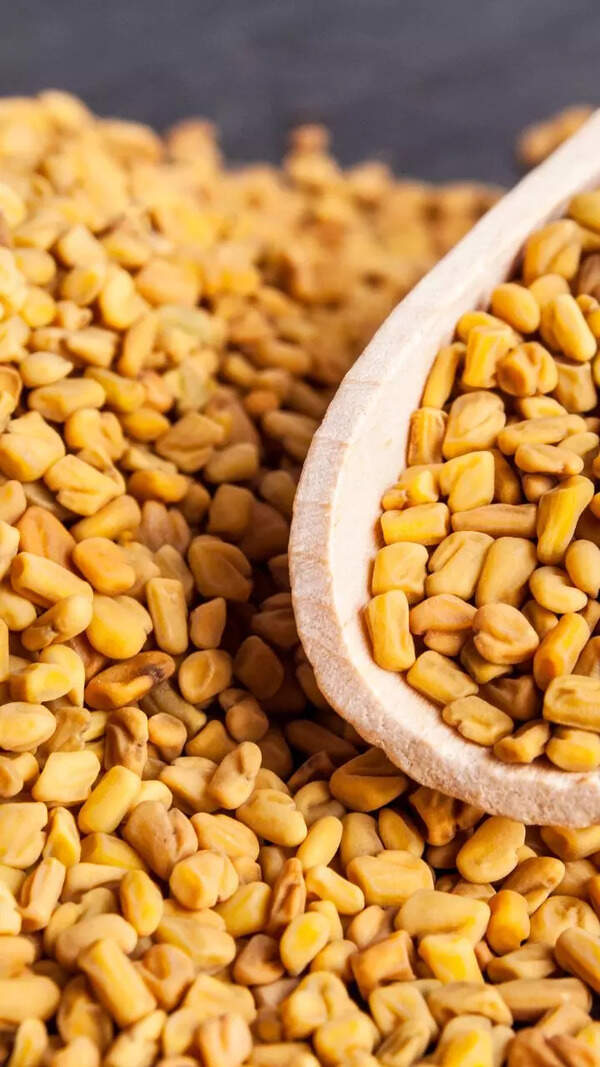Navratri 2024: Which millets can be consumed in fasts?

Navratri 2024: Which millets can be consumed in fasts?
Shardiya Navratri is here, and it’s that time of the year when the devotees observe a nine-day fast to seek the blessings of Goddess Durga and immerse their soul in festive zeal and devotion. However, ‘what to eat’ is one of the major concerns, and if you too feel the same, then this Navratri switch to these healthy millets that can be consumed in these 9-day long fasts and are perfect for a healthy balance of taste and health. Here are some healthy and gluten-free millets to add to your vrat feast this Navratri.

Amaranth
Amaranth, known as rajgira, is a highly nutritious millet, which is rich in protein, fiber, and essential minerals like iron and magnesium. It’s gluten-free and easy to digest, which makes it a perfect option for someone who is observing a fast. This millet can be used to make both sweet and savory delicacies: poori, tikki, rotis, porridge, or even ladoos.

Quinoa
Quinoa is another healthy grain that is packed with complete protein that contains all nine essential amino acids. It is also high in fiber and various vitamins. Interestingly, quinoa can be used in salads, as a side dish, or even pulao during Navratri fasts.

Buckwheat
Buckwheat, or kuttu ka atta, is a popular grain used in most Hindu fasts. It is naturally gluten-free. Rich in antioxidants, fiber, and protein, buckwheat can be used to make delicious rotis, chili, halwa or khichdi. Moreover, its low glycemic index helps maintain energy levels throughout the day.

Little Millet (Wari)
Little millet, known as wari, is rich in nutrients and has a low glycemic index. It is high in fiber and minerals, promoting good digestive health. Little millet can be prepared as porridge in khichdi or as a substitute for rice in various dishes.

Barnyard Millet
Barnyard millet, known as Sanwa, is yet another nutrient-dense millet that is high in fiber, vitamins, and minerals. Moreover, this millet has a low glycemic index, which makes it suitable for those monitoring their blood sugar levels. During Navratri, sanwa can be enjoyed as porridge, upma, or khichdi, which makes for a light yet filling meal option.

Foxtail Millet
Foxtail millet, or Rala or Kangani millet, is an excellent source of protein, fiber, and essential vitamins. Loved for its nutty flavor, this millet makes a delightful base for various dishes. Foxtail millet can be used in upma, pulao, kheer or as a rice substitute during Navratri, offering a nutritious and satisfying option.








